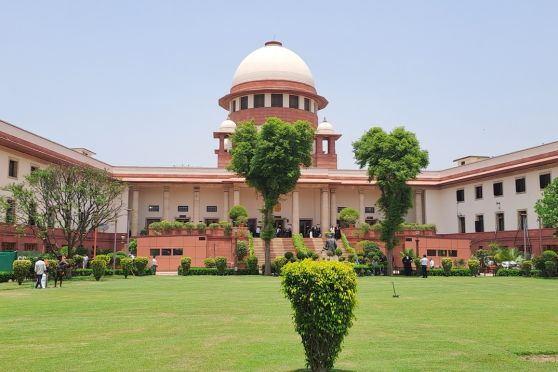|
|
| History and imagination |
Metternich, the chancellor of the Habsburg (pronounced Hapsburg) Empire once remarked that “Asia begins at the Landstrasse” — the road out of Vienna to the east. The territories of the House of Habsburg bridged western and eastern Europe and for a while determined the destiny of Europe. This novel by a Hungarian novelist is set in the Habsburg lands and spans the long 19th century, 1814 to 1914, from the Congress of Vienna to World War I, from the last attempt to shore up the ancien regime to the final disappearance of that regime.
Metternich appears as a character in this saga of a Hungarian aristocratic family caught in the turmoils of the 19th century. The title of the novel is taken from Metternich’s declaration that the 19th century would be “a happy century, a century in scarlet.” Scarlet it was, but not the scarlet that the Imperial Chancellor meant. It was an age of bloodshed and revolution, an age when the spectre of communism haunted Europe.
The author of the novel is as interesting as its subject. Lajos Zilahy was born in 1891 in Transylvania, then part of Hungary but later part of Romania. He worked as a journalist and fought in World War I. He achieved fame as a writer in the inter-war years. He opposed both the Nazis and the communists and began writing the trilogy (of which this novel is the first part) while hiding in a cellar in Budapest. He was forced to leave Hungary in 1947 because of his disagreements with the new regime.
This is the story of the Dukay family told through the lives of the twin brothers, Antal, loyal to the monarchy and his godfather Metternich, and Dali, revolutionary and dedicated to the cause of liberating Hungary from the yoke of Austria. This difference between the brothers, in fact, captures the contradiction between the Austrian and the Hungarian aspects of the Habsburg Empire.
The real attraction of the novel is in its details. Zilahy describes aristocratic life with great care and this is put against the backdrop of the great historical events like the Revolutions of 1830 and 1848 and the great war of liberation. The novel spreads from London to Moscow and Istanbul but its centre remains in Vienna and Hungary.
The writing, as far as one can make out from the translation, is simple and without any ornamentation. Nature and its description are conspicuous by their absence. The novel is strong on individuals and the convulsions in which their lives get entangled. His characters abound in zest for life even though they appear not to be in control of their destiny.
Zilahy recognizes that historical actors can often rise above the events that affect their lives. Thus when the German ambassador delivers the declaration of war to the Minister of Foreign Affairs of Imperial Russia, the two men part on an emotional note: they silently embrace each other and leave the room.
History and imagination come together in this novel. It is a pity it was unknown for such a long time.











